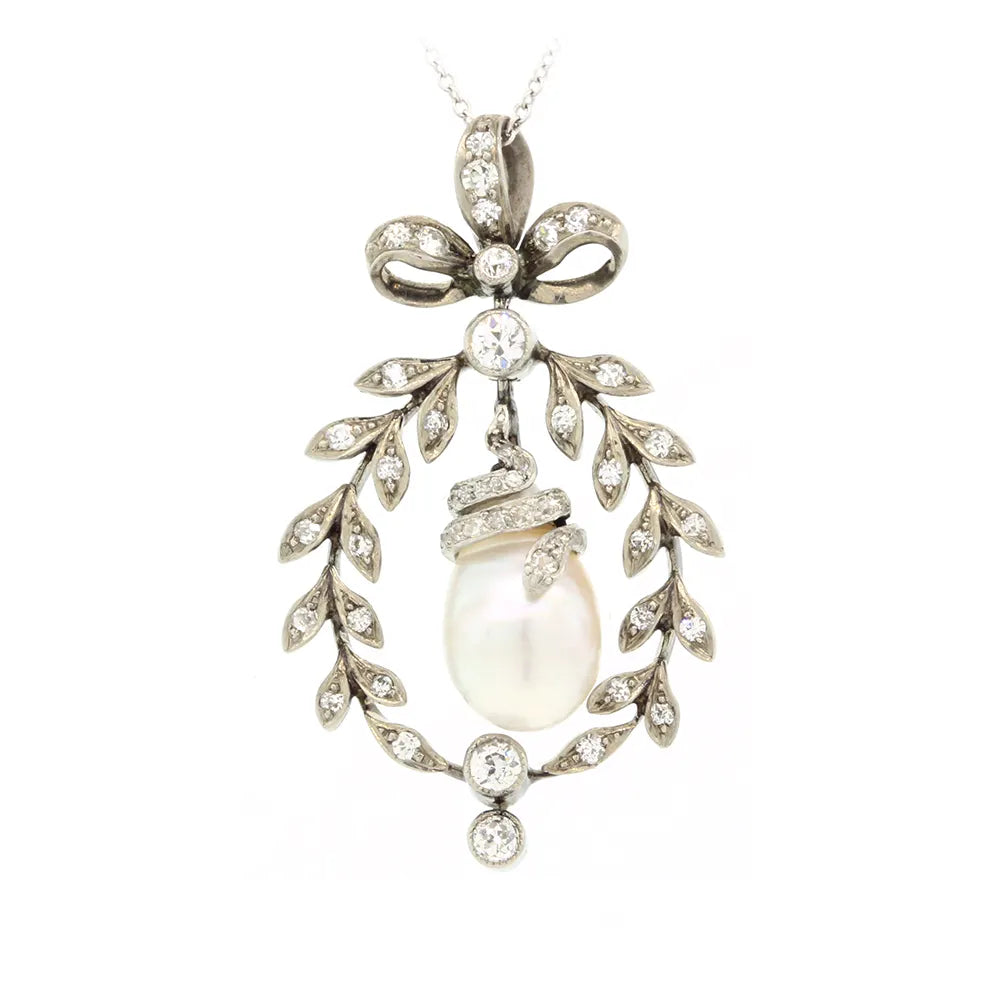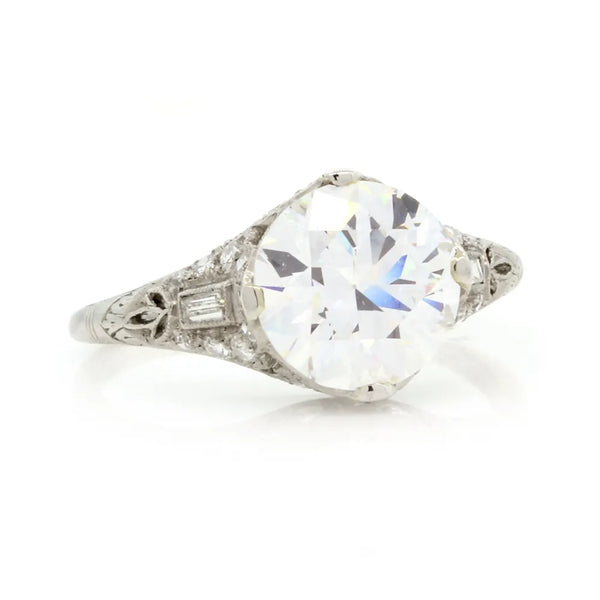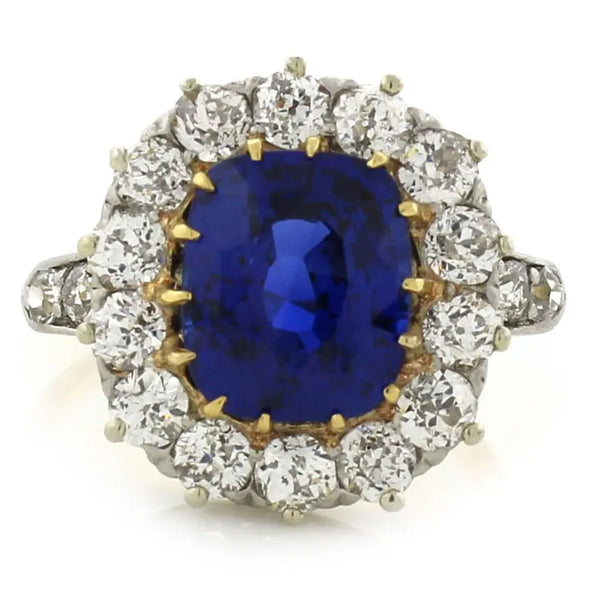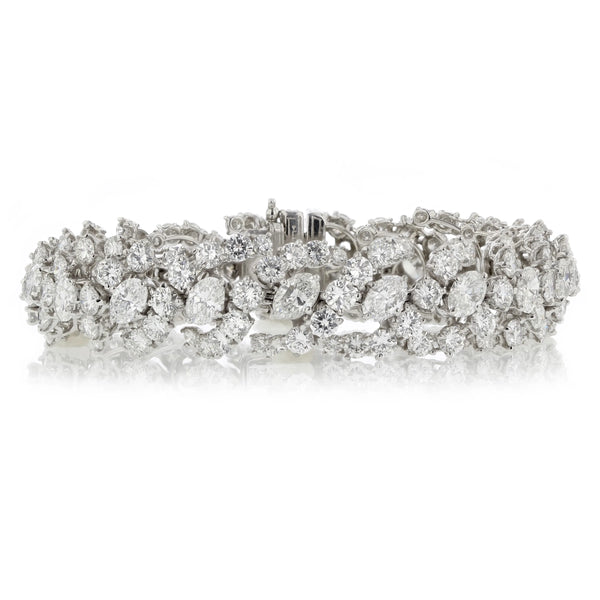
In a world full of ever-changing fashion, it can be difficult to find the ideal piece to match your existing wardrobe and budget. Fortunately, estate jewelry offers a personalized solution. From the bold architecturally inspired pieces of Art Deco to the romantic feminine details of the Edwardian era, estate jewelry encompasses a wide variety of designs and price points. Not to mention, an increased value over purchasing a similar piece brand new.
For those interested in uncommon styles and old world materials – and a great deal – buying jewelry second hand can be quite the rewarding adventure.
What Defines Estate Jewelry?
The term “estate jewelry” roughly means that it has been owned by someone else, not necessarily that is has come from someone’s estate – although sometimes it does.
Estate jewelry blends high end design with impeccable workmanship and quality gemstones at a more approachable price than new pieces. And as an added benefit – it’s often an original which is why a good piece is always in demand whether your buying or selling. Rather than a piece you see across the crown, estate jewelry is as special and individual as its wearer.
What Eras Does Estate Jewelry Most Commonly Come From?
Whether the piece belonged to an famous heiress, a movie star or a relative, there is a story and a history to estate jewelry that brand new items just do not have. Collectors of vintage pieces find that they are both wearable and serve as keepsakes from bygone years. In fact, most customers seek to discover pieces from all of the most popular design eras in order to round out their jewelry boxes.
Here’s a quick look at the design eras customers ask us for most in our stores:
Georgian (1714 – 1837)
The Georgian period was named for the Hanoverian Monarchs of the United Kingdom. While the reign of English kings determined the parameters for Georgian jewelry, stylistically the designs were appreciated internationally and the aesthetic inspired creations all over Europe and North America.
Jewelry from the Georgian era is said to be inspired by the time of day it would be worn. Garnet, topaz, emerald and ruby were abundant in jewelry worn during the day while rose and mine cut diamonds were solely worn at night. Pieces from this era are extremely hard to find because they were often handmade.
Victorian (1837 – 1900)
The Victorian era, named after Queen Victoria, marked an era of wealth and the rise of industrialization and the middle class. Women we’re challenging men for jobs as clerks, teachers, factory inspectors and they were fighting to win the right to vote. Women’s fashion underwent a profound transition and crinolines expanded to astounding sizes.
As a result, women were purchasing jewelry as gifts for themselves, and to meet the demand for fine jewelry, a wide combination of gemstones were used as cost alternatives to more precious stones. Amethysts, coral, garnets, turquoise, seed pearls, and opals were also popular gemstones across the world.
Victorian designs were inspired by fine art and architecture like those of the Georgian era but with more baroque and delicate features seen most frequently seen in necklace, lockets and brooches from the era.

Edwardian (1901-1915)
The Edwardian era earned its name from the reign of King Edward VII. Although the 20th century was in full motion, the culture of Victorian times had not completely ceased, and jewelry was still being created to convey femininity and dignity.
This design era is best known for its considerable use of filigree. By applying tiny pieces of precious metals to the surface of ring and necklace settings, jewelers alive in the Edwardian era gave their jewelry a lacy look. Garlands, ribbons, laurel wreaths, bow knots and tassels were also reimagined with a new featherlight look thanks to the advances in platinum fabrication.

Art Nouveau (1890-1910)
Even though this era overlapped with the Edwardian and Victorian eras and was relatively short, Art Nouveau made a eternal contribution to the history of jewelry design. At the time, jewelers thought of themselves as artists more than craftsmen and took extra care to craft perfect, breathtaking jewelry.
Diamonds were used sparingly in Art Nouveau pieces while moonstone, amethyst, opal, amber, citrine, peridot, and freshwater pearls became common in rings and jewelry from the era. Unlike prior time periods that were inspired by fine art and architecture, much of the inspiration behind this era’s pieces came from Japanese art and nature's creations.
When you think of Art Nouveau estate jewelry, picture orchids, irises, lilies, dragonflies, and butterflies as well as depictions of the female body.

Art Deco (1920-1935)
The Art Deco era was a high-spirited time period full of flappers, jazz, and speakeasies. During the Roaring Twenties, the economy prospered just as Prohibition intensified the urge to cast aside old-world Victorian rules.
Estate jewelry became more audacious and masculine in the early 1930’s than in previous eras. The lace and filigree from Edwardian jewelry and the natural curves of Art Nouveau gave way to smooth, straight lines. Art Deco jewelry was designed to be more abstruse and geometric due to influences from Cubism and Dadaism. As you could guess, diamonds, white gold and platinum were the most popular choices for jewelers.

Retro (1930’s-1940’s)
Even in the midst of economic depression, Retro jewelry is said to be some of the most complicated and eye-catching pieces ever created. Jewelry from this era was inspired by Hollywood’s golden age as ordinary women wanted jewelry that embodied the glitz and glamour they saw on the big screen.
Cocktail rings, bracelets, earrings, and necklaces were designed to be oversized, lending the jewelry a playful and whimsical element. Retro jewelry was also defined by curves and feminine motifs such as bows, ribbons, ruffles, and flowers—but almost always on a bigger scale.
A shortage of platinum led goldsmiths to use more gold than in previous eras, which led them to experiment with new alloys. By mixing yellow gold with other metals like silver and copper, they formed colored gold with alluring shades of rose and green.

Jewelry designed after the Retro era is known as contemporary estate. Although not as hunted for, hold on to those age defining pieces as with the other time periods, they’ll be in high demand later in life.
So, whether you’re looking to start a collection, own a piece of history from the Art Deco era or just want to find the ideal cocktail ring, estate jewelry is the perfect way to personalize your look, stay on budget and showcase stories from the past.
Interested in Seeing Estate Jewelry First Hand?
Take a look at some of our collection here or visit any one of our Richmond or Charlottesville locations to see it first-hand!


